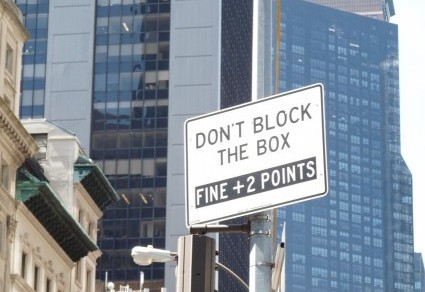My last post of the year, written during this busy holiday/winter-storm/school-vacation season. First up is a cafe menu. Pay attention to the third-to-last line:

CAESAR CONTAINS NUTS, does he? What a clever way to indicate that power corrupts! Or maybe it’s an indictment of Nero, Julius, Augustus, and other CAESARS?
Next is a message from a dry-cleaning shop. It’s a poor quality photo, so I’ll reproduce the words: BUSINESS IS MOVING FROM JUNE TO A NEW PLACE.

A NEW PLACE? Like July or October? What was wrong with JUNE? Too many weddings and graduations?
Now to Seatac Airport in Seattle:

It took me two days to decode this sentence, partly because I lose my mind when I’m traveling and partly because there’s a missing comma. I kept reading the message as FIRE ELEVATORS, a noncombustible (and most likely nonexistent) subset of ELEVATORS. I think we can all agree that IN CASE OF FIRE, signs with instantly obvious instructions are preferable. (With that in mind, I’d be happy to proofread this airline’s signs in exchange for a free trip. If you’re an executive with Alaska Airlines, leave a comment and I’ll get back to you.)
Finally, a van parked on my block:

Wouldn’t it be nice to hire this company for the stock market? The economy could use a BOOM right around now.
BOOM or not, I wish you a peaceful, joyful, healthy 2023.

































